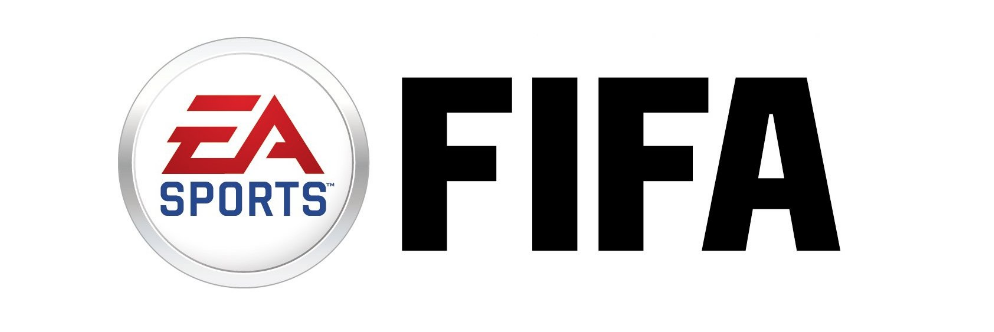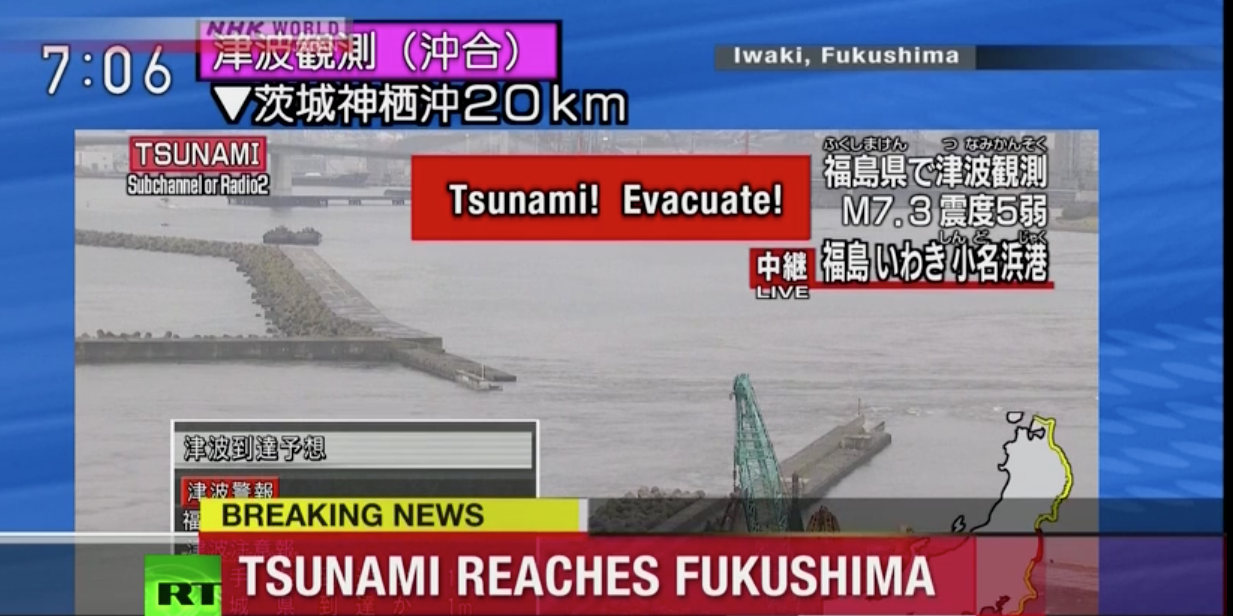Seen on Gamepost
After a series of rumors and leaks, it’s official: Call of Duty is going back to its World War II origins. Simply titled Call of Duty: WWII, the next entry in the annualized shooter franchise follows an American squad through the European theater of the war. It treads familiar ground, taking players through the D-Day invasion of Normandy and Battle of the Bulge, but for developer Sledgehammer Games, returning to Call of Duty’s roots is more than just matching the setting and scenes of its predecessors–it means understanding World War II on a deeper level.
We recently visited the Sledgehammer office, where we saw parts of two single-player missions, one of which was the invasion of Normandy. It’s an iconic moment in the war, and one that’s been recreated many times in video games and other mediums. This doesn’t differ much from other depictions of the Normandy battle in games and movies, but what do stand out are the details.
Call of Duty: WWII stars a 19-year-old private in the 1st Infantry Division, and it’s clear, even from just watching the mission instead of playing it, that he’s scared. He’s inexperienced. He stumbles over fallen soldiers, he struggles with a Bangalore torpedo, and his breathing is harsh and uneven. Sure, there’s a cinematic element to the whole scene, but it’s not exactly cool and exciting–it’s harrowing. He knows he could die at any moment.
While at Sledgehammer, we spoke to leads from the animation, art, audio, and narrative departments, and everyone mentioned the same thing: they had to do extensive research in order to properly portray not only the war but also the experience of being there.
While many Normandy missions turn outward, surveying the horrors of the invasion on a grander scale, this one seems to focus inward and could tell a more introspective piece of a larger story.
For the animation team, that meant studying everything from documentaries to photos to field manuals for weapons in order to capture how a soldier would physically and emotionally react in any given situation, and it shows.
“There is no stacking up on a door, and breaching a door, and flash-banging 12 guys and killing them with one shot,” animation director Chris Stone explained. “It’s just, what would you do if you were a kid with no training? Maybe you’d peek around the corner, maybe you’d take a shot, and maybe you’d kind of move somewhere … In terms of trying to recreate a visual experience of World War II, it’s all those little things that add up.”
For a D-Day segment, those little things are crucial. Without them, it’s just another retread of the Normandy mission; but with them, the level has the potential to stand out. While many Normandy missions turn outward, surveying the horrors of the invasion on a grander scale, this one seems to focus inward and could tell a more introspective piece of a larger story.
The other level we saw took place in Hurtgen Forest, where German troops would blow the tops off trees to send shrapnel raining down. It starts off slow. You’re trudging through the forest, sniping German soldiers, until finally, the bombings start. It’s very much a Call of Duty level, and it’s as exhilarating and terrifying as Normandy but for entirely different reasons.
Much of that is thanks to the sounds of the artillery, the rending of wood, the crashing of metal, and the crackle gunfire. Audio Director Dave Swenson told us that Sledgehammer’s sound team recorded World War II explosives and weapons in an attempt to make the game more immersive, and it seems to work in Hurtgen. But the best audio detail comes before, when the Fighting First is moving through a river.
Like in the Normandy mission, your soldier moves clumsily over uneven terrain and under the weight of his weapons and supplies. But he also sounds encumbered. To get it just right–to try to put you in that forest–Swenson decided to find a river where he could record footsteps, as opposed settling for a less natural-sounding pool. The result is this 1st Infantry Division soldier sounds tired, and I felt that more than I did the bass from artillery reverberating in my chest. Even when striking a different tone, this campaign appears more focused on the individual soldier than on the cacophony of war.
Stone, too, talked about the team’s focus on immersion through animation. “When they’re done playing this game, [we want players to] set their controller down and say, ‘Wow. I feel like I might have a little bit of a sense of what it was to be there,’ which is really totally different from what we wanted from our players before.”
This campaign appears more focused on the individual soldier than on the cacophony of war.
When they talked about that goal, all the team members cited the research that went into all those engrossing details. They’re important for effectively putting you in a soldier’s position, and from what we saw, doing the homework mattered–the little things, added in with care and attention, can make it feel more relatable.
Sledgehammer’s decision to hone in on the minutiae of being a soldier in World War II is interesting. It gives the studio an opportunity to return to a conflict overexposed in video games and present it in a more meaningful way.
However, the biggest question is what its details add up to. Fans of first-person shooters have come to expect their campaigns to be empowering, with their character becoming almost super-human to overcome impossible odds. It will be interesting to see if Sledgehammer sticks to its guns and keeps the experience grounded, or if it pivots back into familiar territory.
Call of Duty: WWII is launching on November 3 for PC, PS4, and Xbox One.











































